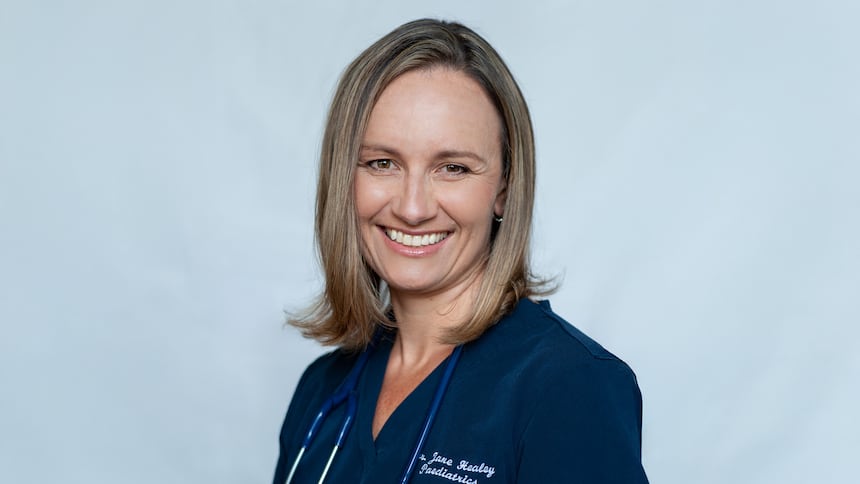- cross-posted to:
- medicine
- cross-posted to:
- medicine
When the OHIP claim for a newborn dying at a Toronto-area hospital was rejected, Dr. Jane Healey faced a difficult choice: forgo her pay or ask the grieving parents to go stand in line at Service Ontario.
The baby died of a genetic condition after 10 days, Healey said. In the end, she decided against bothering the family.
“That means that we aren’t remunerated for some of that very difficult, highly emotional work that stays with you,” she told CBC Toronto.
And, Healey says she isn’t alone.
OHIP billing issues have become a sticking point for physicians as they work to finalize a new compensation deal with the province. Last month, an arbitrator directed the two sides to come up with solutions quickly.
Over 99 per cent of claims are paid automatically as submitted, “reflecting the system’s productivity,” said Health Minister Sylvia Jones’s spokesperson, Ema Popovic.
That’s true, the Ontario Medical Association acknowledges. But there are over 200 million claims that get processed every year — meaning about 1.16 million claims are rejected annually.



This reminds me of something me and my wife discussed a few months ago. The private-run publicly-funded system forces doctors to run businesses in a market system that operates at considerable profit. So far most of it has been run by doctor-operated small businesses, which even if inefficient, at least kept the money in doctors’ pockets. Often individuals or families. Most of it is spent locally, so it gets recirculated in the local economy. Recently however, private equity has began buying up these practices. They optimize the administrative inefficiency through consolidation and collects profits that go to their US or multinational shareholders. I bet their next steps would be to depress doctors salaries and lobby the government for higher public fundinng. And so I think the future of our publicly-funded, private-provided system is higher cost and worse service, unless we increase public delivery to enconpass many of these previously indivudual medical practices.